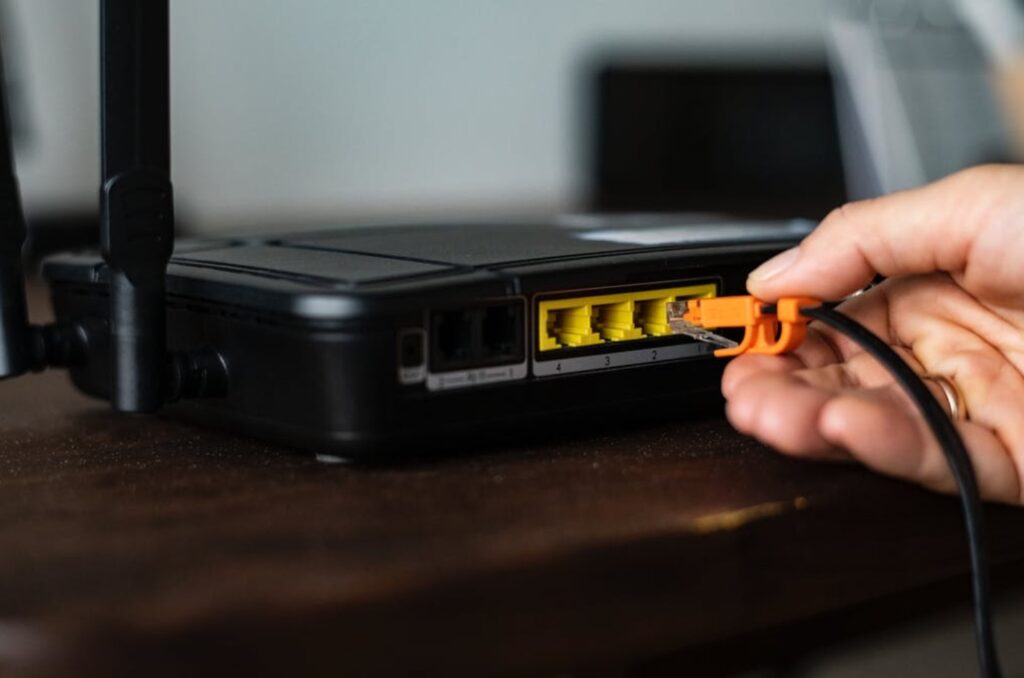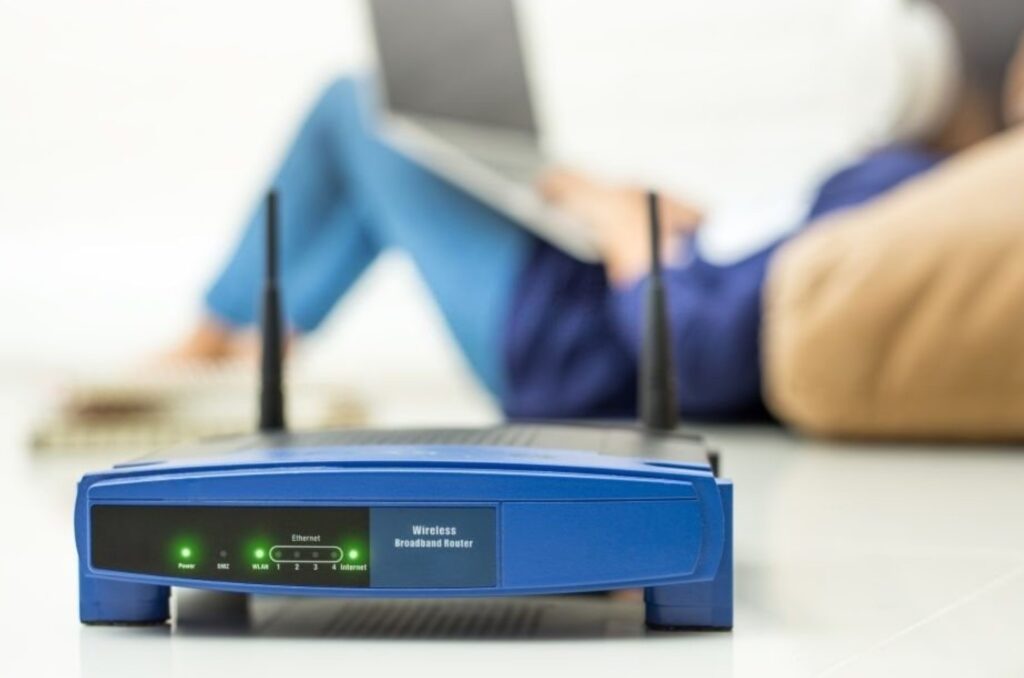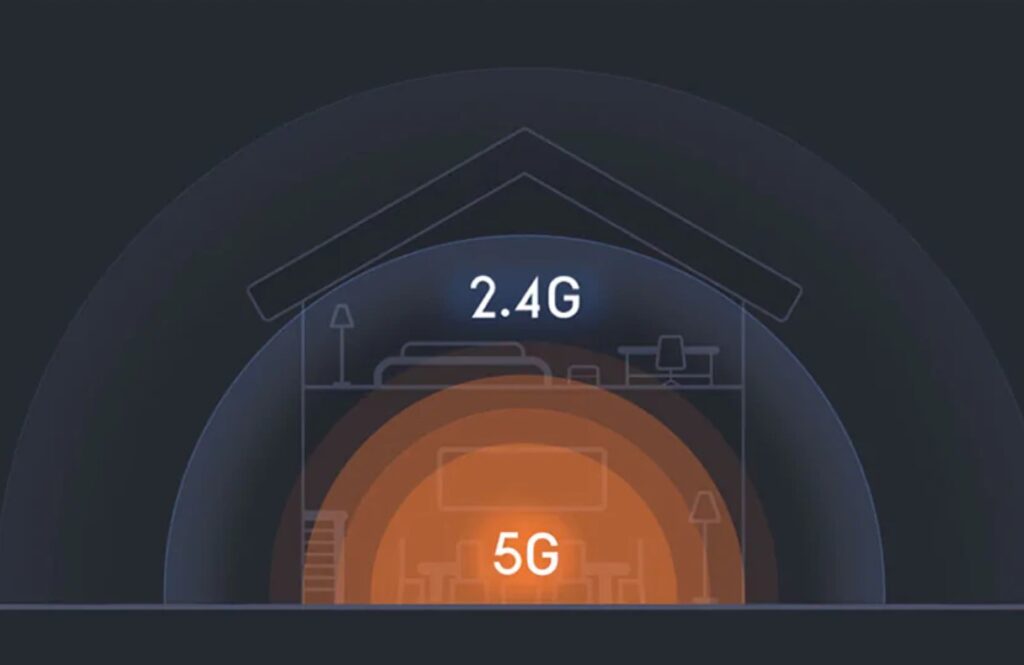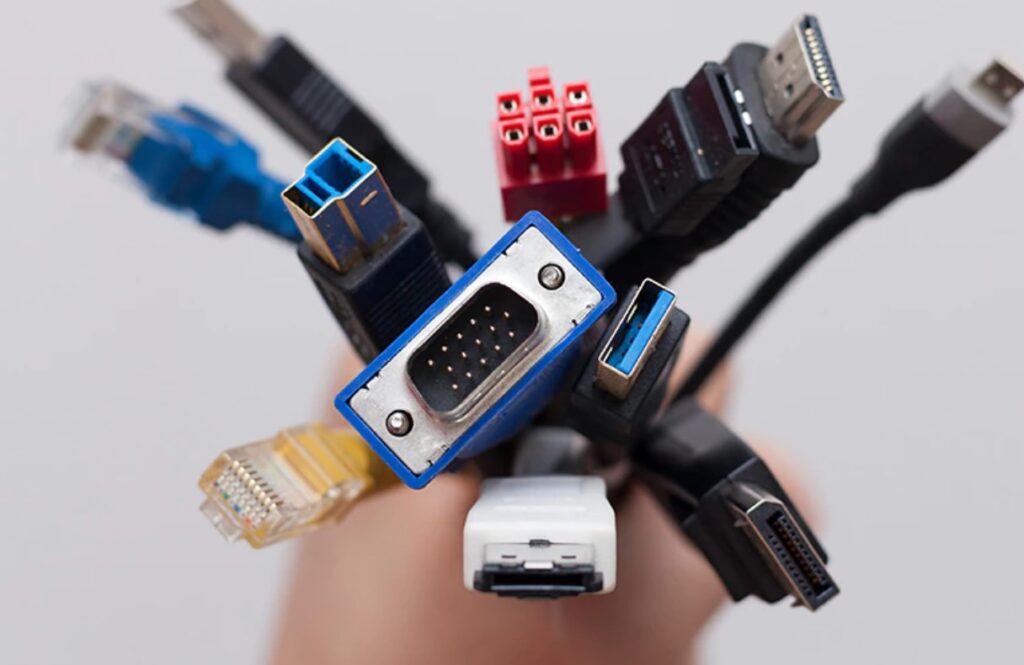Time is of the ultimate essence, nowadays. The faster you can complete a task, the easier it is for you to lead a convenient lifestyle. One of the most important elements, which factors in on your day-to-day proficiency and productivity, is your internet speed. Almost everything takes place on the World Wide Web in this era. Whether you wish to pay your bills or save your data, watch the next episode of your favorite show or find the recipe of Oreo cheesecake, you can do all these activities online and within seconds, provided your internet connection is up to par. If you want to know more, you can simply check out here for the best internet deals in the market. You can never regret paying for a high-speed internet plan because it will boost your performance and give you the perfect toolkit to succeed in every facet of life.
It is also true that no internet connection is free from errors. Since network technology is still in the process of being developed, you can expect a few drops in connectivity here and there, even if you subscribe to a top-tier plan. You may be waiting in anticipation for your opponent to make their move, and your internet may falter at the exact moment, leading you to lose the game you’ve been playing online with your virtual teammates for the past three days. Similarly, you’re streaming Orange Is the New Black on Netflix, and at the suspenseful turn in the plot, your screen freezes, and a loading wheel stares right back at you, making you throw away the popcorn in frustration and curse your internet provider. All such instances of lagging, buffering, and freezing is evidence of a slow internet connection.
If you are experiencing slow internet speeds and don’t know what to do about it, then stick to this post and you’ll find out. Here we’ll list for you the best fixes which you can do even if you don’t have an engineering degree. So, fasten your seatbelt and read on.
Refresh Your Router

A router is at the heart of your home network. It enables wireless internet connectivity throughout a house. Since it circulates data between the connected devices and the web, it can get overburdened if you add more devices to the network. An exhausted router cannot perform as well as a refreshed one. So, take a few minutes out of your daily routine and reset your router to release the choked-up internet speed and browse the web in a faster way. How can you do that? Simple.
- Unplug your router/modem from the power source.
- Wait for about 30 seconds.
- Plug it back in and start the device.
- Check to see if all the lights are working and that the router/modem is “on”.
That’s it! Most of the routers come with a programmable timer for an automatic restart. You can set that up, as well, to schedule your router restarting.

Position it Centrally
Since a router emanates Wi-Fi throughout your house, you need to place it in a central location to get the best signal strength in every room. By a central location, we mean an area that is open, airy, and where you hang out the most. Keep these tips in mind while deciding the position:
- Don’t place the router on the floor.
- Don’t place the router near the ceiling.
- Don’t place the router inside a cupboard.
- Don’t place the router near a window.
- Don’t place the router next to other wireless devices.
So on and so forth. You can also sit close to the router to experience faster signal throughput.

Change the Frequency Band
Most of the routers transmit internet signals on two main frequency bands, i.e. 2.4 GHz and 5 GHz. The 2.4 GHz frequency band is faster, closer to the core of the spectrum, and has wider lanes. But, it is also more crowded, as nearly all wireless devices from microwave ovens to baby monitors utilize this band, which may, in turn, interfere with the speed and functioning of the Wi-Fi router. On the other hand, the 5 GHz frequency band is on the farther end of the spectrum and is relatively slower, yet it is less crowded and faces lesser interference. So, by changing the band of your router to 5 GHz from its configuration settings, you can fix your slow internet speed.
Introduce an Extender
A Wi-Fi extender does the job of receiving data signals from a router and amplifying them so that they can reach the dead spots in your house and remove all possibilities of internet lag. You can pair your router with several extenders and pods to create a mesh network in your home, which gives you wall-to-wall speeds and ensures consistent connectivity.

Check Cable Connections
If you have a cable-based internet connection at home, it would benefit you to inspect it physically. Why? Because cables are subject to wear and tear. Everything from bad weather to time can deteriorate the condition of cables, directly affecting the speed and efficiency of the internet signals that flow through them and reach your home. Replace the cables if you find damage and you’ll see the speeds performance get better instantly.
Do an In-Depth Cleaning
Declutter your internet connection by disconnecting all the unnecessary devices and closing all the background applications. These apps eat up data without you knowing and slow down your internet. Moreover, clear cache and cookies from your browser and device on which you plan to stream Netflix, play a game or take an online class. You can install an ad-blocker and clear cache plugin to do an in-depth cleaning and speed up your internet.

Contact Your ISP
There can be three possibilities here. One, your ISP is enforcing data caps on your internet, which is throttling its speed and creating possibilities of lags or buffering. In that case, contact your ISP and inquire about the plans that come without caps. Two, the internet service may be down in your area, leading to slowdowns. If you’re facing an outage, then the only way is to wait it out. Your speeds will be restored soon. And, three, your subscribed internet speed tier isn’t compatible with your usage. The easiest way to repair this is to evaluate your internet speed need and get a plan that complements it. You won’t have to face slow speeds due to shared bandwidth ever again!
The Final Word
What are you waiting for? Use the aforementioned tips in this guide to speed up your internet connection and stream, game, or browse the web in the fastest way possible!

